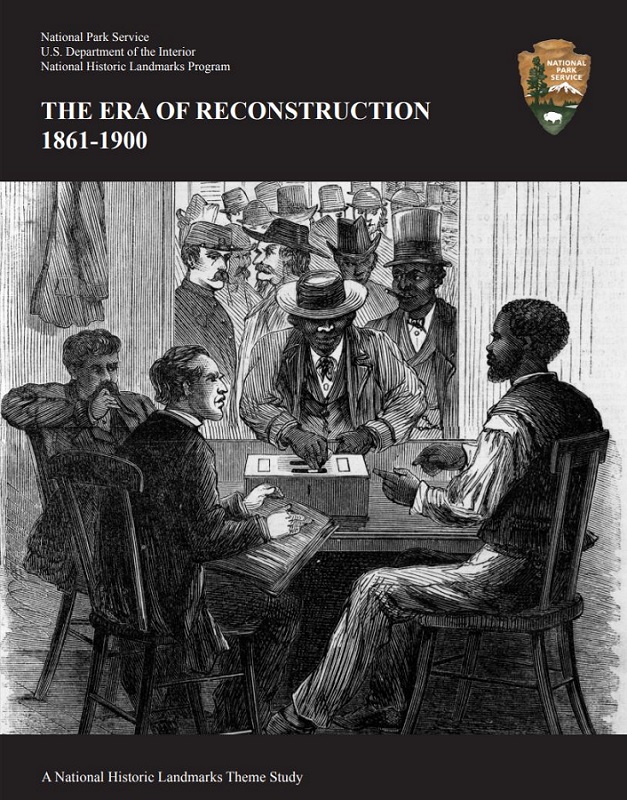 The Era of Reconstruction, 1861-1900, published by the National Park Service in 2017, is a useful resource for teachers and students. The document was not created for classroom use, but to produce a “theme study” of the Reconstruction era that would help the National Park Service spotlight nationally significant historic properties related to the time period. The majority of the booklet is an impressive bottom-up overview of the Reconstruction era broken into six major themes. If the textbook coverage of Reconstruction was as good as the National Park Service’s, students would learn a more complete and relevant history of the era. The first four parts of the booklet are ripe with sections that would be worthwhile to pull out for use in the classroom.
The Era of Reconstruction, 1861-1900, published by the National Park Service in 2017, is a useful resource for teachers and students. The document was not created for classroom use, but to produce a “theme study” of the Reconstruction era that would help the National Park Service spotlight nationally significant historic properties related to the time period. The majority of the booklet is an impressive bottom-up overview of the Reconstruction era broken into six major themes. If the textbook coverage of Reconstruction was as good as the National Park Service’s, students would learn a more complete and relevant history of the era. The first four parts of the booklet are ripe with sections that would be worthwhile to pull out for use in the classroom.
In particular, the introduction is one of the better short overviews of the Reconstruction era we’ve seen, with the emphasis placed on the everyday citizens. Every action of the government is preceded in the text by the actions of ordinary people that created space for the government to move. Any teacher looking for a short overview of the time period would find this useful.
“Part 3: Enfranchisement/New Democracy” is a more in-depth look at the expansion of democracy during Reconstruction that could also be used in its entirety in a classroom. It starts with a history of how the franchise began being denied to people of color as it expanded to poor whites before the Civil War, and how that trend was reversed during the Reconstruction years. The chapter centers the expansion of voting rights on Black organizing across the South, touches on the splits in the women’s movement over supporting Black voting rights, and gives a powerful overview of the accomplishments of the multiracial Reconstruction era state governments. It ends with the backlash and disenfranchisement of Blacks at the dawn of the Jim Crow era and discusses the repercussions for poor whites and communities of color across the country, but also includes efforts to fight back. The end of the chapter returns to the achievements of Reconstruction and its lasting legacy.
Here is an excerpt from the booklet, a description of Field Order No. 15,
As U.S. forces occupied areas of the Confederacy, Americans also confronted the question of what sort of labor system would replace slavery. In a “rehearsal for Reconstruction” on the vast plantations near Beaufort, Hilton Head, and the neighboring South Carolina Sea Islands, freedpeople, northern missionaries, the US Army, and investors attempted to build a society founded on free labor. As the United States captured parts of the Mississippi Valley in 1862 and 1863, the crucial battlegrounds of Reconstruction shifted to the Southwest, where planters resisted both the US occupation and slaves’ growing demands for freedom. Like so many Americans dating back to the earliest days of British settlement, former slaves hoped to farm their own land and grow food crops to support their families and communities. Merchants and planters alike, however, believed the future of the South was in cash crops grown on large plantations, and they sought ways to get staple production back on its feet. Amid such conflicting priorities, different solutions emerged at different times and places. Near the end of the war, tens of thousands of freedpeople along the Carolina and Georgia coasts gained temporary access to small plots of land through Major General William Sherman’s famous Field Order No. 15, but most freedpeople were destined to work for white landowners, either for wages or for a share of the crop.
The booklet was prepared by historians Gregory P. Downs and Kate Masur for the National Historic Landmarks Program.
The study is available for free download.
Published by National Park Service.
Learn more in the Zinn Education Project national report, “Erasing the Black Freedom Struggle: How State Standards Fail to Teach the Truth About Reconstruction,” and find teaching resources on Reconstruction below.

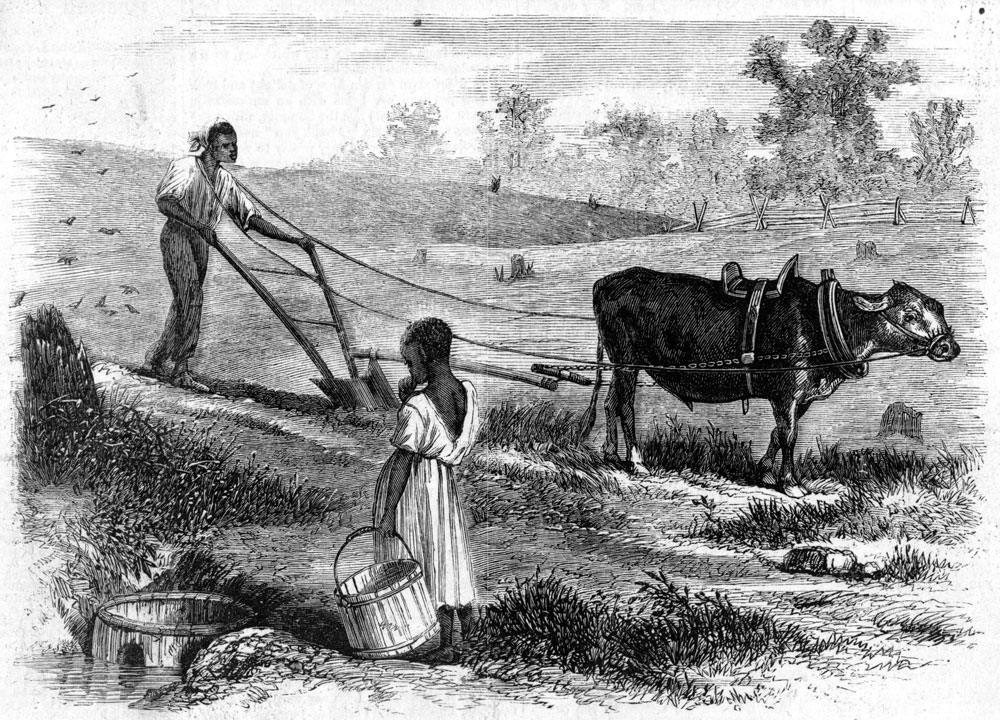
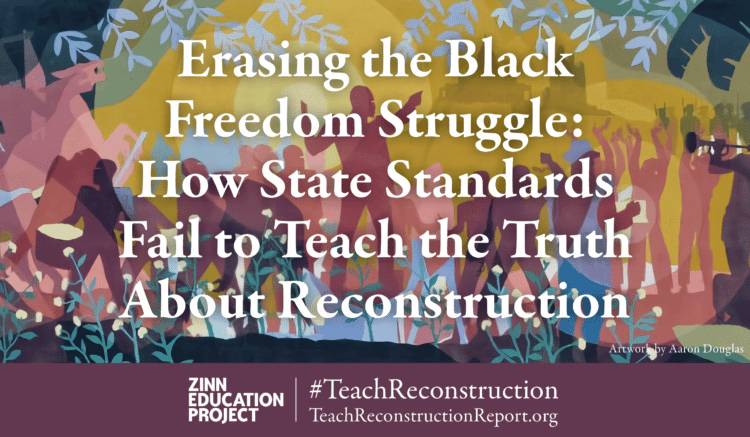
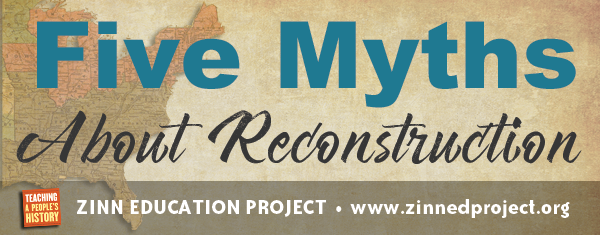
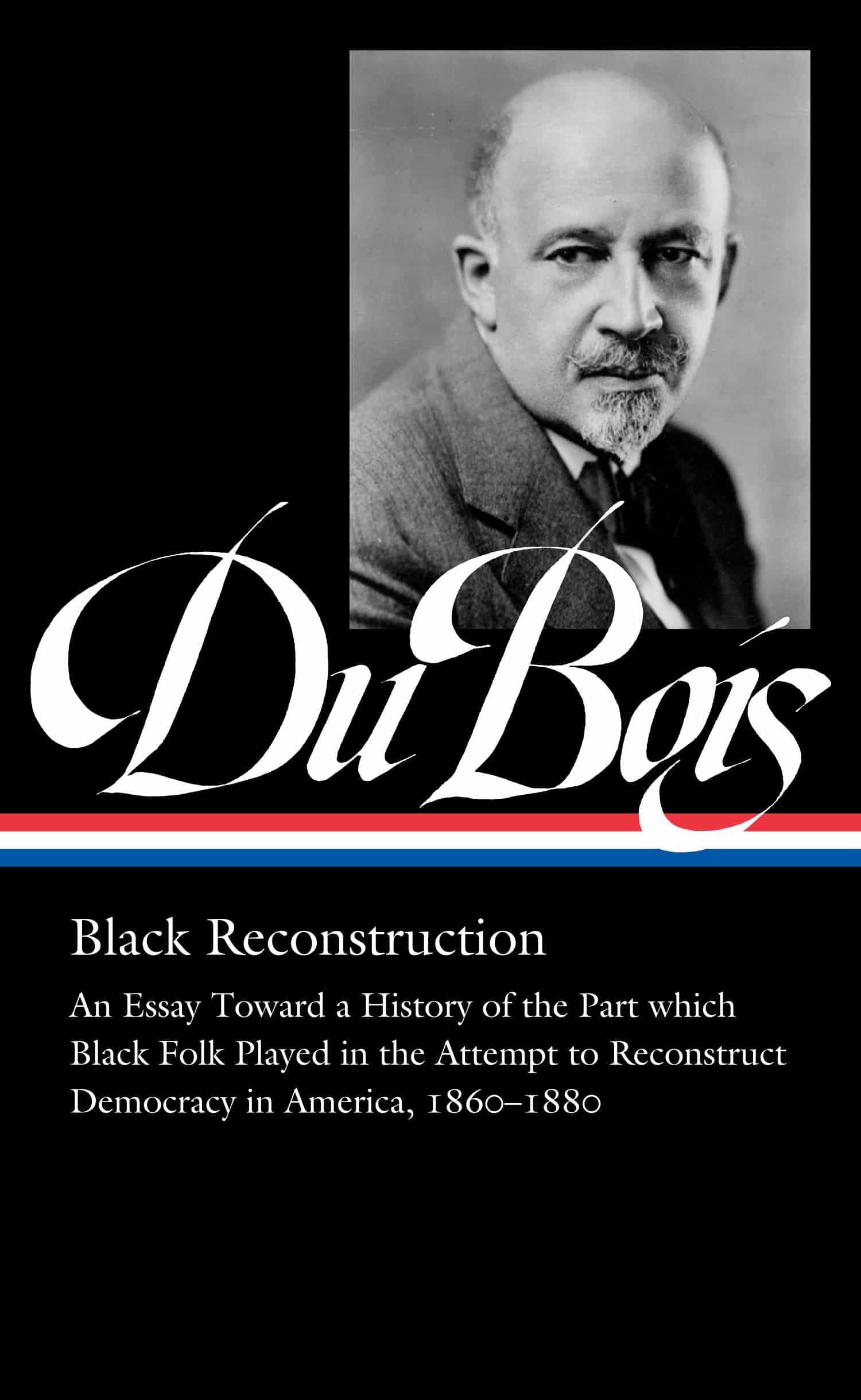






Twitter
Google plus
LinkedIn